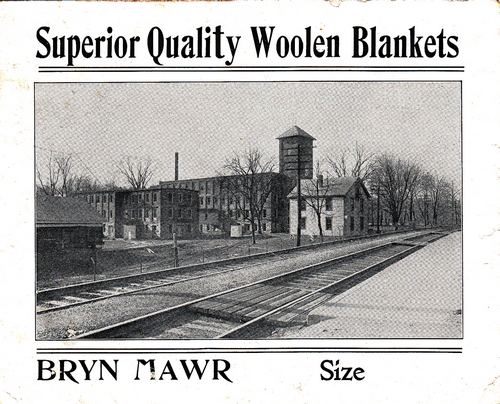Above: A circa 1900 advertisement for Southborough’s Cordaville Woolen Mills (from the Southborough Historical Society’s website)
The Southborough Historical Society posted more fascinating information about our Town roots. This time, the focus was on “When Southborough was a Mill Town.”
I’ll be posting soon about challenges the Historical Society is facing. (Hint: If you enjoy these glimpses of Southborough history, you can support the Society by becoming a member. For information, click here.)
But in the meantime, I wanted to share another compelling story from the Society’s website:
In 1847 Milton H. Sanford of Medford purchased several parcels of farm land along the Sudbury (then Concord) river in Southborough, Ashland and Hopkinton. One of them conveyed the mill privilege – the right to dam and use the water of the river. In addition to this ample power source, the area was attractive for milling because of the proximity to the new Boston & Worcester railroad, which ran through the site. Not only would transport to far-away markets be assured, but the railroad would supply the workforce needed for the new facility. Sanford began building workers’ houses on Parker and Cottage Streets, and by 1850, a company store on Main Street, later named Fitzgerald’s, which still stands. The village he named for his wife Cordelia.
By 1854 the Cordaville Manufacturing Company consisted of a cotton factory and a building that housed a machine shop and planing mill. The company produced a rough fabric for use by slaves on the Southern plantations, as well as woolens. (For reasons of culture and geography the South had few manufacturing centers of its own, and most industrial mill production was carried out in the the Northeast with its abundance of river power and ample immigrant work force, then shipped southward.)
The workers for Sanford’s mill were largely newly arrived Irish immigrants, who had fled the devastating potato famine that had begun in 1847 and would eventually lead to the emigration of almost 2 million souls. Approximately sixty workers were employed at the mill; two-thirds were women, and paid only half that of their male counterparts. The influx of Irish to the mill caused the first Catholic mass to be said in Southborough, on Easter Day 1849, in Wilson’s Hall above the company store.
A fire — a very common occurrence in mills with their highly flammable cotton dust — destroyed the original mill complex and killed three workers in 1855. It was rebuilt, this time including both water and steam-powered apparatus. With the outbreak of war, Sanford quickly abandoned the manufacture of plantation goods, and instead manufactured woolen blankets for Northern troops. This quick response allowed his Cordaville mill to survive when many competing mills failed due to the loss of the Southern market. The mill’s location on the principal rail line between Boston and points West also helped; it was a major transport line for the Federal army.
Click here to read more and see some great photos of historical, industrial Southborough.


